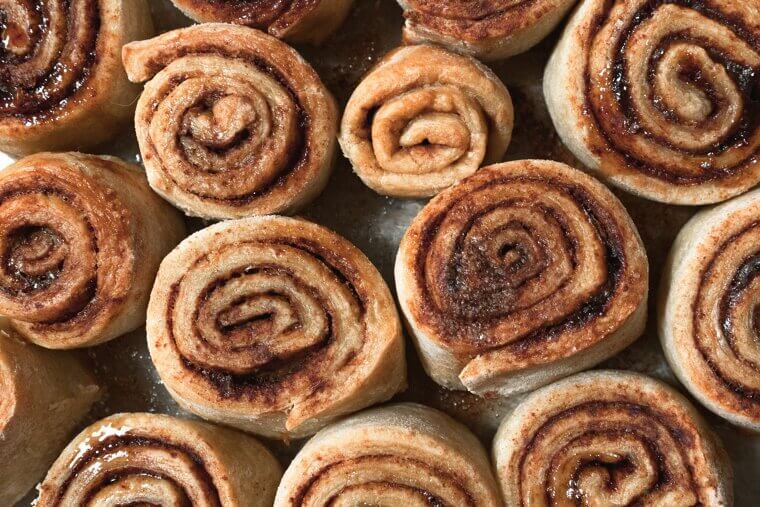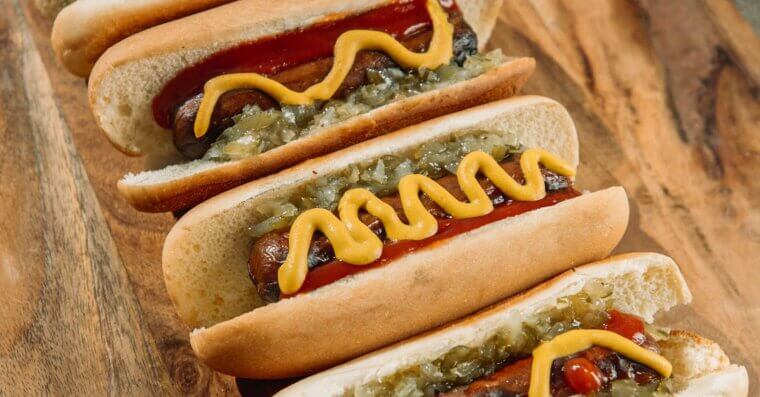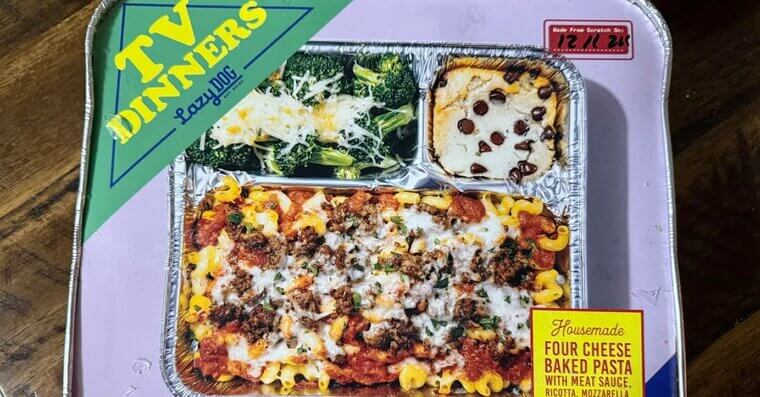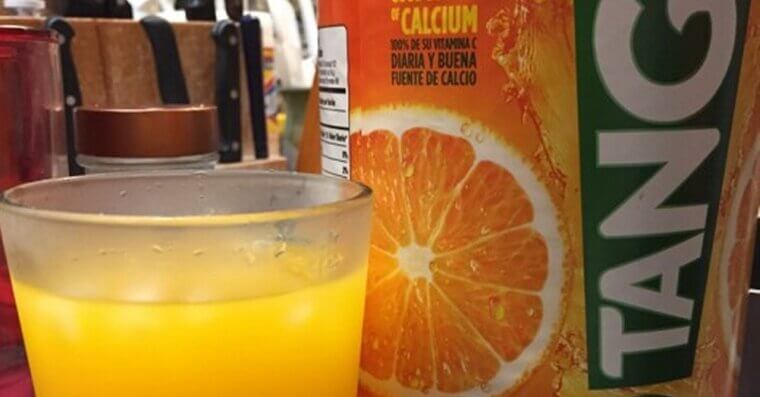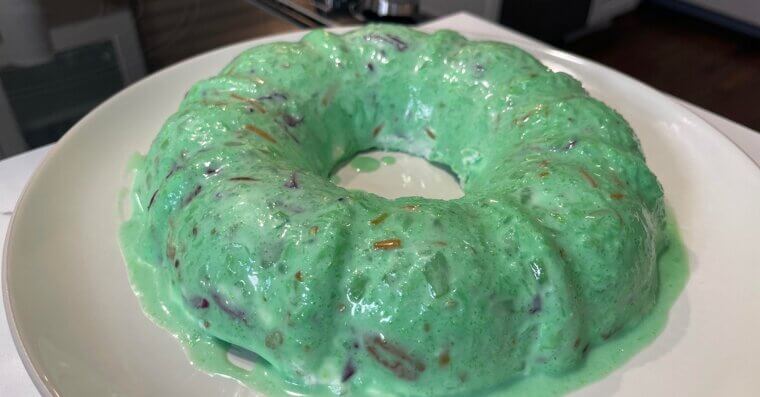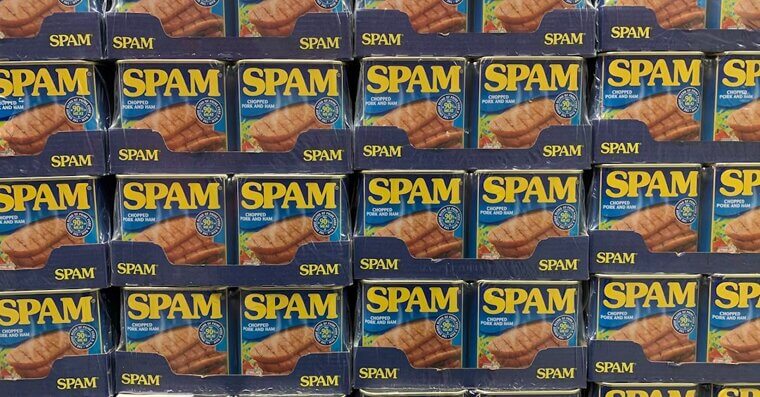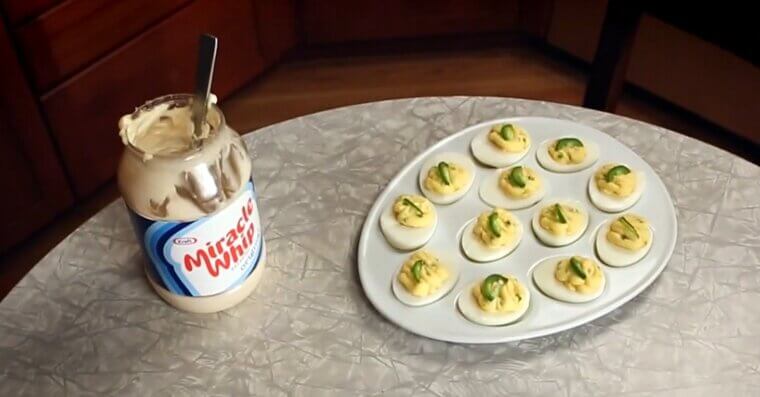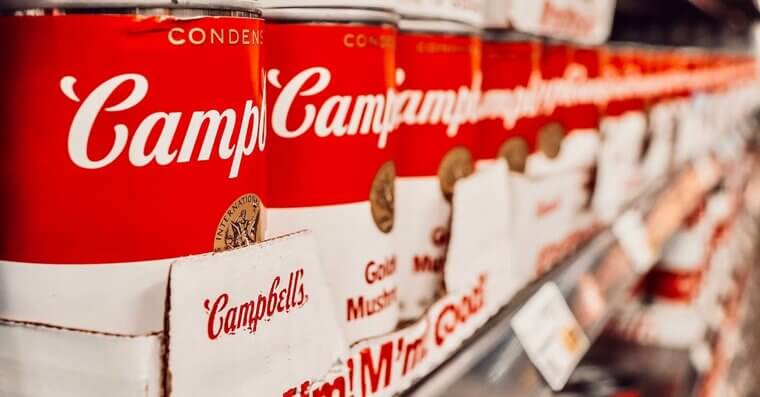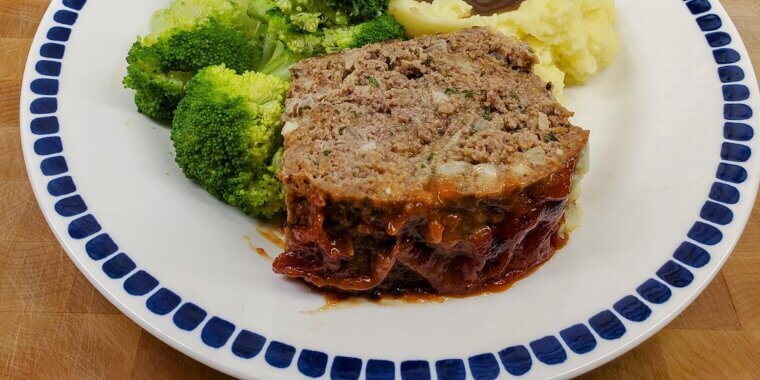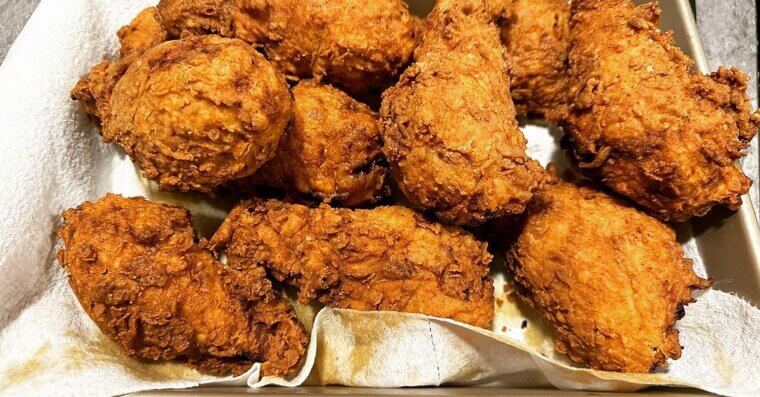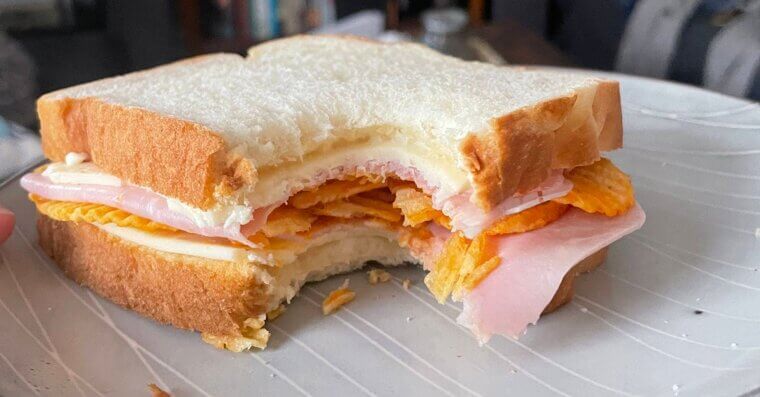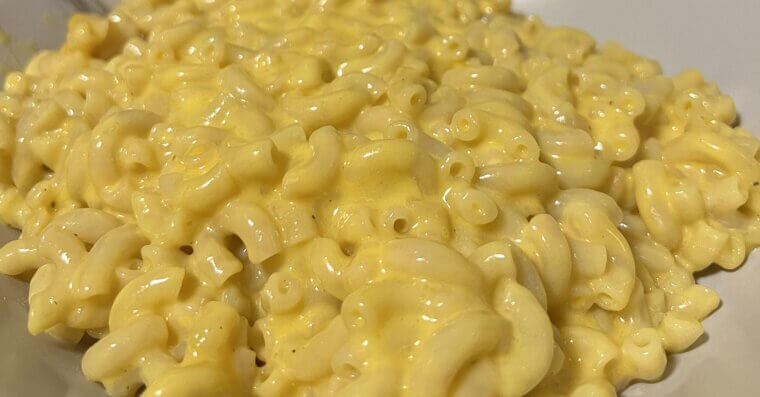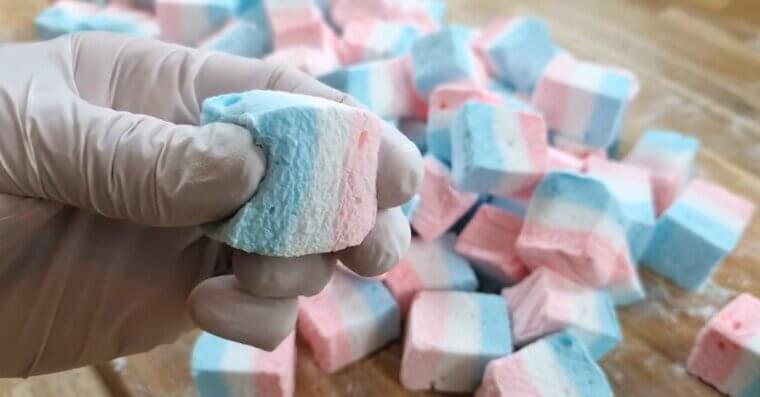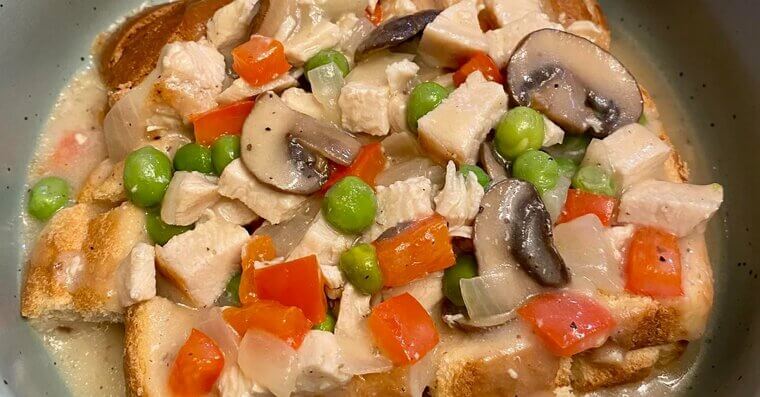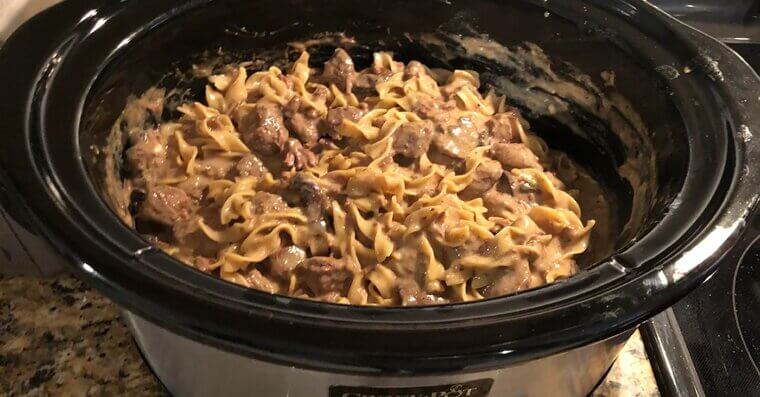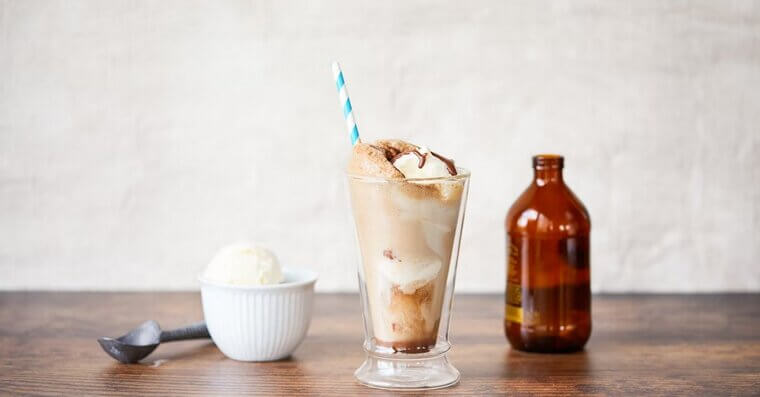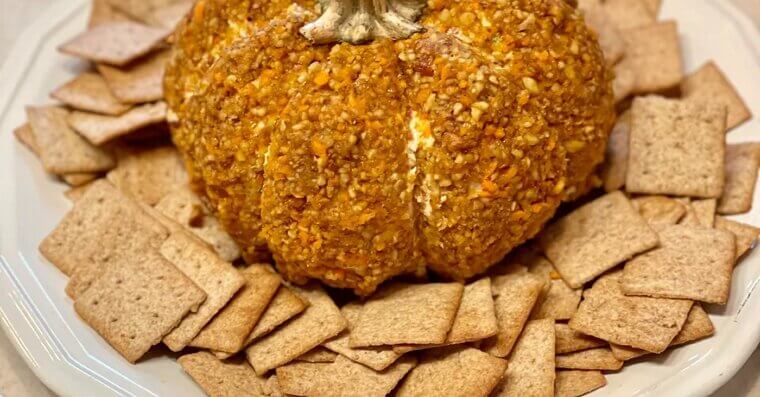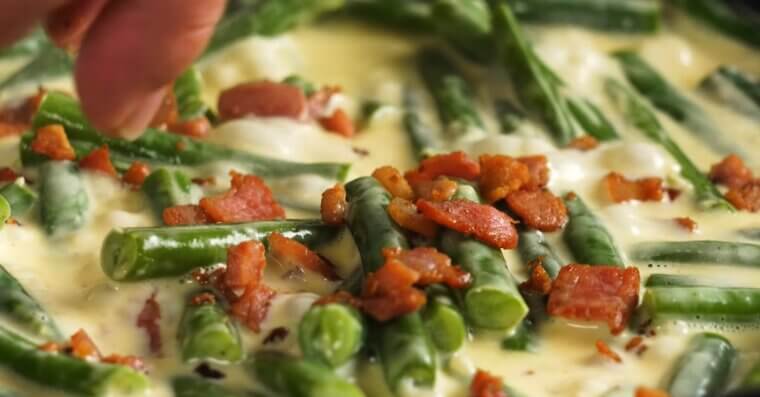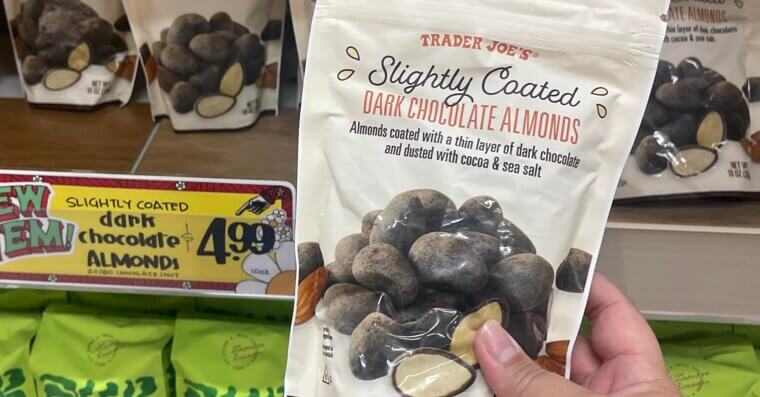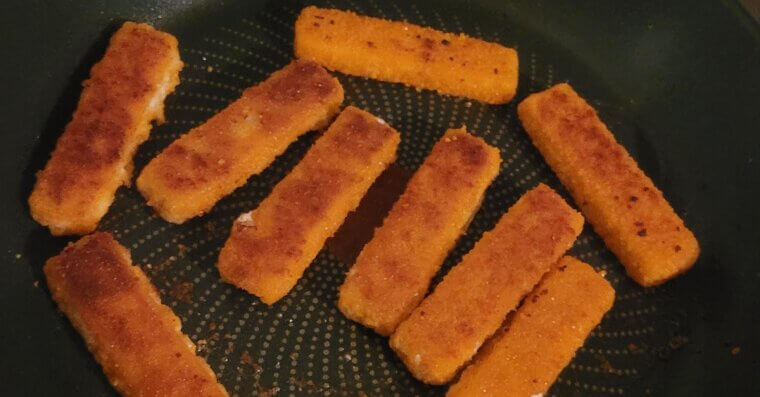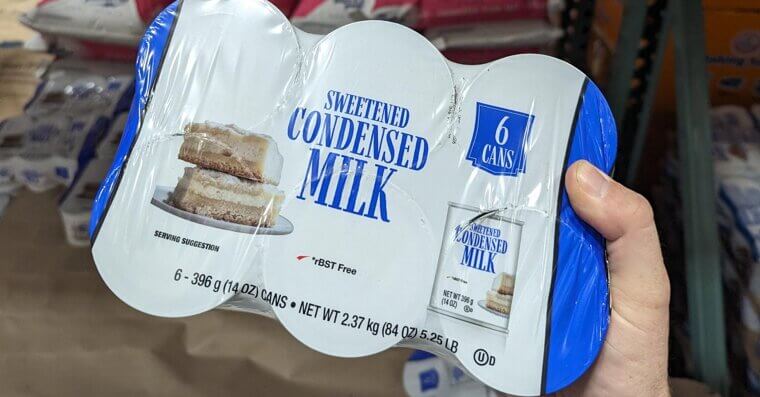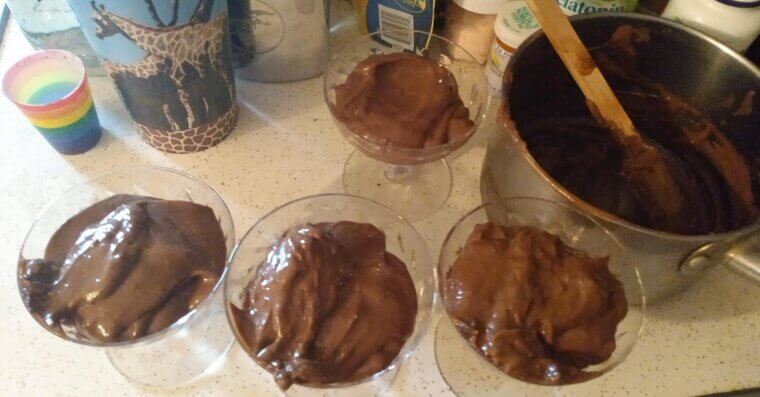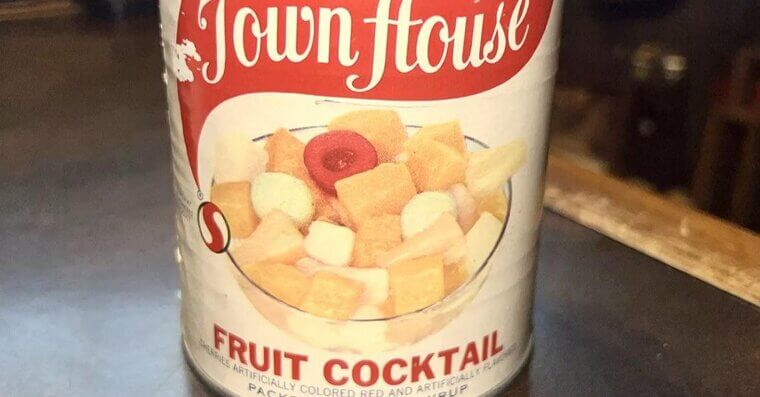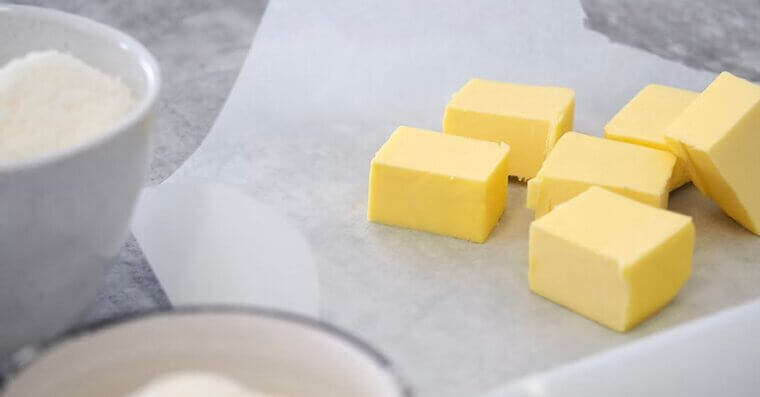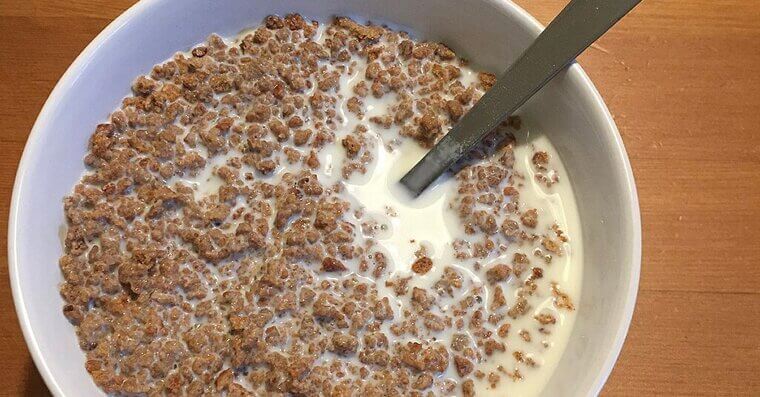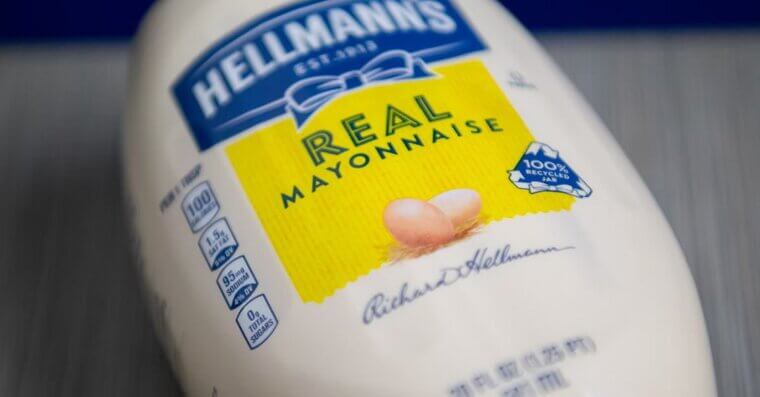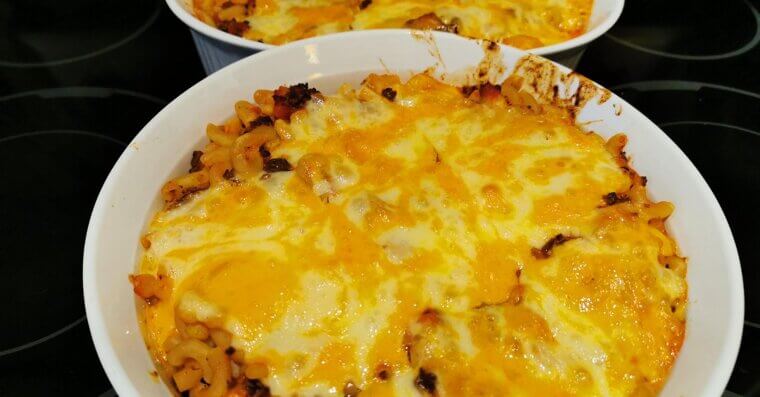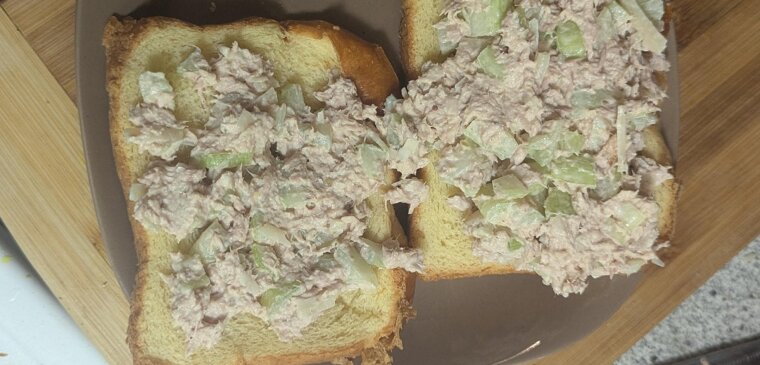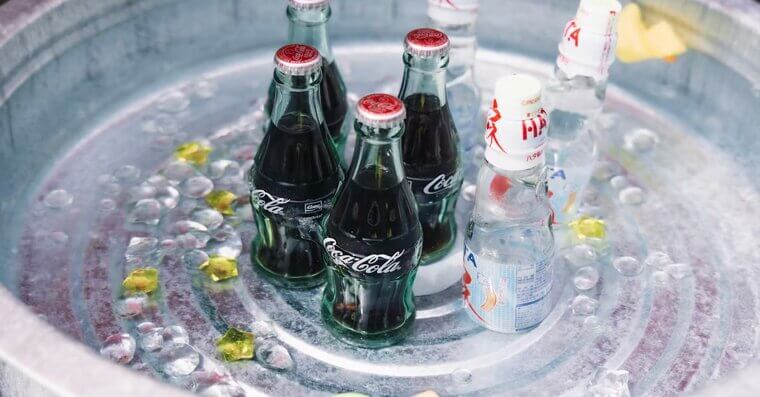Sweet Rolls for Breakfast
Cinnamon rolls, or sticky buns were a morning staple in the less health-conscious 60s, often served warm from the oven with extra frosting or sugar glaze. They were soft, sweet, and perfect with a cup of coffee or milk. But modern nutritionists would point out the refined flour, sugar, and butter content and recommend something healthier for breakfast, like fresh fruit.
60s Foods
Back in the 60s, nobody worried about saturated fat or artificial dyes – they barely even knew what those things were. So it goes without saying that many of the most beloved 60s dishes would make nutritionists faint today. Here are 35 foods we all ate in the ’60s that we probably shouldn’t have done.
TV Dinners
People got obsessed with these when they first came out. They were your whole dinner, popped in the oven and heated up! No endless prep! But unfortunately, they weren’t good for you at all. Today’s nutritionists would cringe at the lack of fresh ingredients and overload of chemicals.
Tang
Marketed as the drink of astronauts, Tang was considered healthy. After all, you’re not sending men to the moon on an unhealthy diet, right? But Tang wasn’t really good for you at all. It was all sugar and artificial flavors.
Jell-O Salad
Jell-O salads were everywhere in the 60s and 70s. But they were basically sugar, artificial flavoring, and food coloring with very little nutritional value. A modern nutritionist would say no to the combination of refined sugar and artificial additives, which made these salads dessert disguised as a side dish.
Spam
This canned meat became a kitchen hero in the 60s, having survived World War II. Versatile, cheap, and salty enough to preserve itself, Spam was used for all sorts of quick and easy meals. Families loved it, but nutritionists today would be horrified at the high levels of sodium, saturated fat, and preservatives.
Deviled Eggs With Miracle Whip
Party tables were incomplete without these creamy but slightly suspicious-looking bites. Filled with egg yolks, Miracle Whip, and sometimes bacon or paprika, they were indulgent as all get-out. But now folks are more aware that they were just a combination of fat, cholesterol, and empty calories.
Canned Creamed Soups
The secret base of countless casseroles in the 60s. These soups were thick, salty… and often loaded with chemicals to make them shelf-stable. They were beloved because they saved time and made meals easy, but they weren’t good for you, unfortunately. Still better than some of the other things on this list though!
Meatloaf With Ketchup Glaze
The archetypical 60s family dinner, meatloaf was made from a mix of fatty ground beef, breadcrumbs, eggs, and seasonings, often topped with a shiny ketchup glaze. Kids loved it, and moms appreciated the ease, but nutritionists would point out the high fat and sugar in the glaze.
Potato Chips With Dip
In the 60s, kids and adults alike would gather around this party food, which paired refined carbs with rich fats. Nutritionists today would see a double whammy: empty calories and high sodium, with little protein or nutrients.
Fried Chicken
If you think fried chicken is too plentiful in diets now, you should have tried living in the 60s. It was everywhere, and often made from scratch. Unfortunately, eating too much of it was bad - deep-frying adds excessive saturated fat, calories, and even trans fats depending on the oil.
White Bread Sandwiches
Everyone remembers taking bologna on white bread to school for lunch, but how good a lunch was it really? Well… not very. White bread’s soft, fluffy texture made it popular with kids, but it was stripped of nutrients and fiber. These days people eat whole-grain bread instead.
Kraft Mac and Cheese
Kraft mac and cheese was every kid’s dream dinner - brightly colored, creamy, and delicious. Parents loved the convenience, as well – it mean Mom didn’t have to spend hours cooking. But the powdered cheese mix was high in sodium, and the refined pasta offered little nutrition.
Pineapple on Pizza
The most controversial pizza topping of all dropped in the 60s. Hawaiian pizza seemed exotic and modern when it came onto the scene, with foodies and pizza lovers queuing up to try some. But combining sugary fruit, refined flour crust, and salty cheese creates a nutritional red flag today.
Frosted Cupcakes
Cupcakes were everywhere in the 60s, especially at school parties. They were little bites of joy, but also little sugar bombs loaded with refined flour and artificial dyes. Nutritionists today would emphasize the lack of nutrients and the quick sugar spike.
Microwaved TV Dinners
When microwaves entered kitchens, TV dinners became even more popular. It was futuristic stuff - plastic trays and fast cooking times. But the meals themselves didn’t change: they were sodium-heavy, preservative-packed food with very little real nutrition. These days, they’re rightly out of fashion.
Marshmallows
Whether roasted over a campfire, melted into Rice Krispies treats, or stirred into hot cocoa, marshmallows were everywhere in the ’60s. Soft, fluffy, and fun, they seemed harmless enough. But nutritionists today would point out they’re nothing more than sugar, corn syrup, and air.
Chicken a La King
This creamy chicken dish over toast or rice was really popular in the 60s. It was comforting, filling, and easy to make with butter, flour, and cream. But nutritionists today would focus on the fat and calories. The heavy sauce overshadows the protein.
Beef Stroganoff
This beloved dish usually included canned mushrooms and plenty of sour cream or heavy cream. Delicious, yes - but also heavy on fat, carbs, and sodium. Nutritionists today would stress balance and portion control, recommending leaner meat and lighter sauces.
Corn Dogs
Processed hot dogs coated in cornmeal batter and deep-fried were a favorite at fairs, but families often made them at home too. Kids adored them… but today, they’re not as popular. Health-conscious parents now panic at the combination of processed meat and fried batter.
Root Beer Floats
A scoop of vanilla ice cream topped with fizzy root beer was a popular sweet dessert back in the 60s. It was a staple of diners and family nights, plus you could get it in diners. But nutritionists today see it as sugar stacked on sugar: soda plus ice cream equals a crash waiting to happen.
Cheese Balls
A very popular party food, these creamy spheres of cheese mixed with cream cheese, nuts, and sometimes even processed cheese as well were devoured straight away. They were fun to look at and tasty to eat, yes, but nutritionists today would shake their heads at the sheer fat, sodium, and calorie count.
Canned Green Beans in Cream Sauce
This was the go-to side dish at holiday dinners and everyday meals. Green beans seemed like a healthy addition, but drowning them in cream sauces (and sometimes bacon!) turned them into something else entirely. Unfortunately, they just weren’t as healthy as parents claimed to their kids.
Chocolate-Covered Nuts
These little treats felt sophisticated when you were a kid in the 60s. They combined the richness of chocolate with the crunch of nuts, making them irresistible. But the sugar, fat, and portion sizes made them bad for you, especially if you ate a lot of them in one go.
Fried Fish Sticks
Kids in the ’60s loved fish sticks, especially when dunked in tartar sauce. But they were heavily breaded, fried, and often packed with preservatives. Nutritionists today would prefer fresh fish with lighter preparation. While they did technically provide protein, the grease and additives canceled the goodness out.
Hot Dogs With All the Fixings
Ballgames in the 60s weren’t complete without hot dogs piled with ketchup, mustard, relish, or sauerkraut. They were cheap, fun, and beloved by kids. But nutritionists today warn against the processed meat, preservatives, sodium, and nitrates. Even the white-bread buns add little nutrition.
Sweetened Condensed Milk Desserts
From fudge to pies, sweetened condensed milk was the backbone of many desserts. Syrupy, and ultra-sweet, it turned ordinary recipes into indulgent treats. But it’s essentially sugar in liquid form, offering little beyond calories. Nutritionists today would call it a sugar bomb.
Instant Pudding
Instant pudding made dessert quick and creamy with just a little whisking. You could choose from vanilla, chocolate, or butterscotch! It was beloved by families with kids, who saw it as a step up from Jell-O. But it was loaded with sugar, artificial flavors, and mystery thickeners.
Canned Fruit Cocktail
Those little cubes of fruit floating in sugary syrup were everywhere, from school lunches to holiday spreads. They seemed like a healthy fruit serving, but the reality was, it was just canned produce soaked in sugar. Nutritionists today would frown at the syrup overload and lack of fiber compared to fresh fruit
Margarine
Marketed as the healthier alternative to butter, margarine became a staple on kitchen tables and in recipes. Families believed they were making smart choices, but many margarines were hydrogenated, filled with trans fats that science later linked to heart disease.
Grape-Nuts Cereal
This crunchy breakfast cereal had a reputation for being healthy, but it was also tough to chew and often eaten with whole milk and sugar on top. While it wasn’t the worst option, it was still heavily processed and often relied on added sweetness for appeal.
Mayonnaise
From sandwiches to potato salad, mayonnaise was the glue holding countless dishes together. But mayo is pure fat and calories, with little nutritional upside. Nutritionists today would argue for lighter swaps like Greek yogurt. In the 60s, though, nobody thought twice about eating it once, even twice a day.
Corn Casseroles
Corn baked with butter, cream, and sometimes cheese was a favorite side dish at family gatherings. It was rich, sweet, and comforting, but hardly healthy. Nutritionists today would point out the added sugar, fat, and lack of fiber compared to eating corn on the cob.
Canned Tuna Salad
Mixing canned tuna with mayonnaise and maybe some celery was a quick, protein-packed lunch option. It seemed practical and healthy at the time. But the heavy mayo and sodium-laden tuna made it less ideal than it appeared.
Soda Pop
Sodas weren’t once-a-week treats like they are in many households now – they were just a part of meals. In the 60s, families didn’t think twice about the sugar or empty calories. Nutritionists today would sound alarms over the link between excess soda and obesity, diabetes, and dental issues.
Fried Doughnuts
Whether from the local bakery or homemade, doughnuts were beloved for snacks or even for breakfast. People ate them so much it became a joke – just look at Homer Simpson. But luckily, doughnuts have a bit more of a bad reputation these days.

